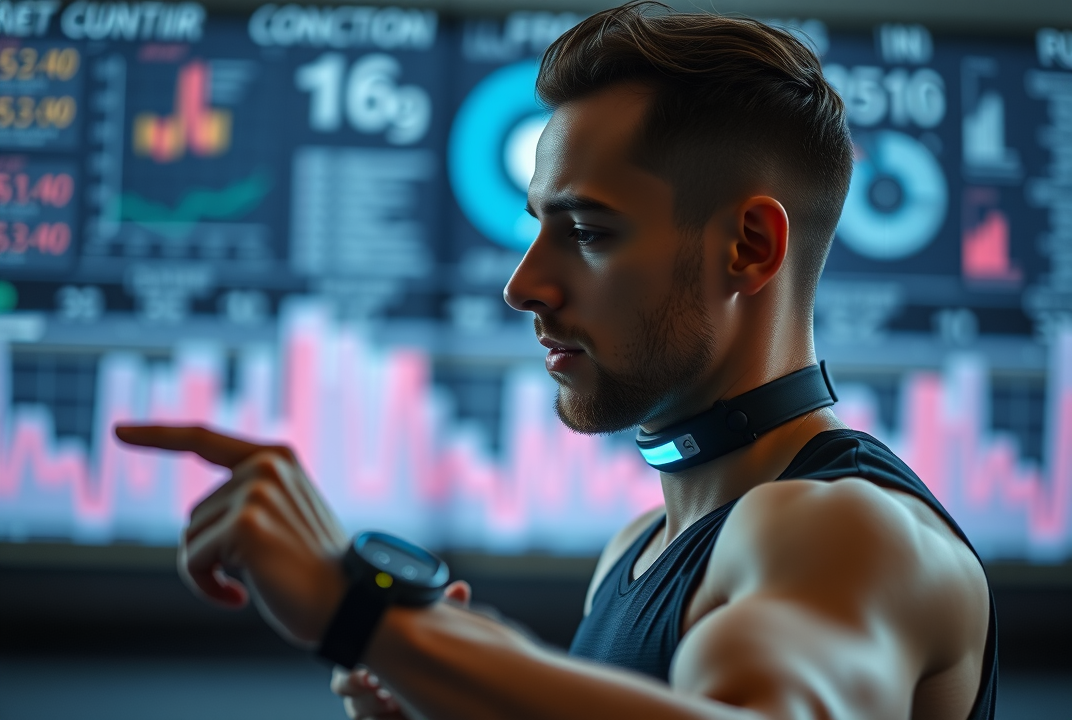How AI is Revolutionizing Performance Enhancement in Sports

Introduction
Artificial Intelligence (AI) is making waves in sports, changing how athletes train, perform, and recover. Imagine an era where players can predict injury risks before stepping out on the field or optimize their training sessions with pinpoint precision. This is not a distant dream but a current reality, as AI continues to pave new paths in sports performance enhancement.
In this article, you'll learn how AI tools are being applied across different sports to enhance performance, prevent injuries, and optimize training routines. We'll explore various applications, from AI-powered wearables to sophisticated data analysis techniques.
The Rise of AI in Sports
AI's integration into sports has been driven by the pursuit of excellence. Coaches and athletes are continually seeking ways to gain a competitive edge, and AI offers avenues previously unimaginable. By analyzing vast amounts of data, AI helps identify patterns and insights that might otherwise be overlooked.
AI-Powered Wearables
Wearable technology equipped with AI capabilities helps athletes monitor vital signs and physical performance. Devices like smartwatches or sensor-embedded clothing provide real-time feedback on parameters such as heart rate, movement, and fatigue levels. This information empowers athletes to adjust their training sessions for optimal performance.
For instance, marathon runners can use wearables to monitor their stride consistency, allowing them to make real-time adjustments.
Data Analytics and Performance Optimization
AI-driven data analytics play a massive role in sports. By crunching numbers and identifying actionable insights, athletes and coaches are better equipped to make strategic decisions.
Consider a basketball coach analyzing shooting patterns. By using AI to review game footage, the coach can identify a player's most effective shooting spots and tailor practices accordingly. This sort of granular analysis enables players to hone specific skills and strategies, transforming game outcomes.
Injury Prevention
One of AI's promising applications is its capability to predict and potentially prevent injuries. By analyzing players' biometrics and historical performance data, AI algorithms can forecast injury risks, allowing timely interventions.
For example, AI in tennis can assess factors like grip strength and wrist position, recognizing potential risk areas and suggesting corrective measures to prevent injuries.
Personalized Training Programs
AI is revolutionizing the way personalized training programs are designed. By assessing an athlete's performance data, AI systems can customize training routines tailored to individual needs and goals.
Cyclists, for example, can benefit from AI tools that track their performance trends and provide insights into areas for improvement. This tailored approach ensures athletes train smarter, not harder.
Real-Time Feedback
Another area where AI shines is in offering real-time feedback, enabling athletes to make quick adjustments during training. With immediate insights into performance metrics, athletes can refine their techniques on the spot.
This immediate feedback loop enhances learning and skill acquisition, making AI an invaluable asset in coaching. Golfers, for instance, can perfect their swings by using AI tools that offer instant analysis on angles and speeds.
Ethical Considerations and Challenges
While AI's role in sports is predominantly positive, it does pose ethical questions and challenges. Issues around data privacy and consent are at the forefront as AI systems handle sensitive personal information.
It is vital for teams, athletes, and technology providers to collaborate, ensuring that ethical guidelines are in place to protect individuals' rights while maximizing AI's benefits.
Conclusion
AI is undoubtedly transforming the landscape of sports performance enhancement. From injury prevention to real-time feedback and personalized training, its impact is profound. As technology continues to evolve, the collaboration between AI developers, coaches, and athletes will be paramount.
Teams and athletes not yet embracing AI should consider its potential benefits, as the competitive edge it offers is undeniable. Investing in AI tools will not only improve individual performance but also contribute to sports science advancement.